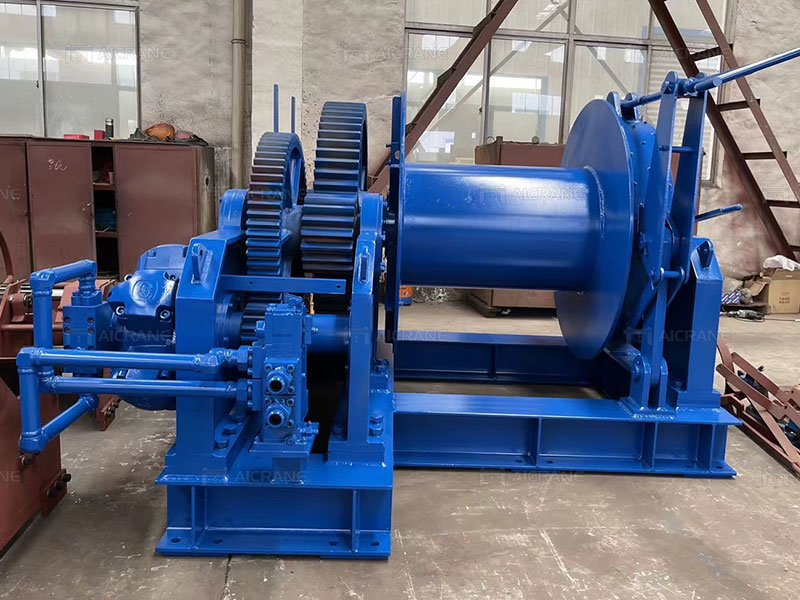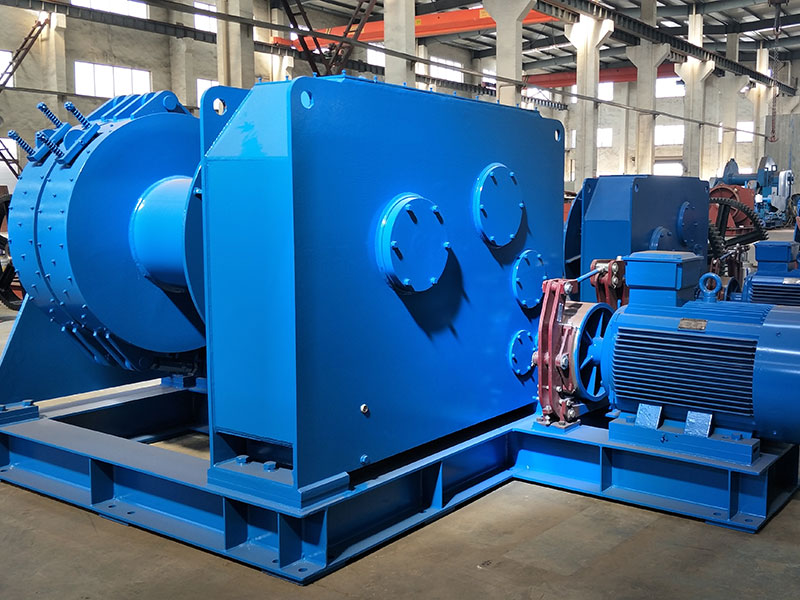A 25-ton winch is a powerful and versatile tool used in various industries for heavy lifting and pulling tasks. However, to ensure efficient and safe operation, it is essential to consider several factors that impact the performance of such a winch. This article explores the operational considerations for a 25-ton winch, including load capacity, line pull calculations, speed and efficiency, and environmental factors. By understanding and implementing these considerations, operators can maximize the capabilities of the winch while maintaining a safe working environment.
Load Capacity and Line Pull Calculations
One of the primary operational considerations for a 25-ton winch is understanding its load capacity and line pull capabilities. The load capacity refers to the maximum weight the winch can safely handle, while line pull is the force exerted by the winch on the load. Operators must carefully assess the weight of the load and calculate the required line pull to ensure the winch is not overloaded. It is crucial to consider safety margins and account for any external factors, such as inclines or friction, that may affect the line pull. By accurately determining the load capacity and line pull requirements, operators can prevent equipment damage and maintain operational safety.

Speed and Efficiency Considerations
In addition to load capacity, the speed and efficiency of a 25-ton winch play a significant role in operational considerations. The winch’s speed determines how quickly it can reel in or let out the cable. Higher speeds can improve productivity but may compromise safety if not properly controlled. It is essential to strike a balance between speed and control to ensure smooth and precise operation. Additionally, winch efficiency refers to how effectively it converts input power into pulling force. Factors like the winch’s mechanical design, gear ratio, and motor power affect its efficiency. Operators should select an electric winch machine with optimal efficiency to minimize power consumption and reduce operating costs while achieving the desired performance.
Environmental Factors and Protection Measures
The operating environment greatly influences the performance and longevity of a 25-ton winch. Harsh conditions, such as extreme temperatures, humidity, dust, or corrosive environments, can impact the winch’s components and overall functionality. It is crucial to consider these environmental factors and take appropriate protection measures. This can include using protective covers or enclosures, applying rust inhibitors, and performing regular cleaning and maintenance. Furthermore, winches used in marine or offshore applications require additional protection against saltwater corrosion. Operators should also consider factors such as wind speed and direction, as they can affect the winch’s pulling capacity and stability.

Safety Considerations and Practices
Ensuring the safety of personnel and equipment is paramount when operating a 25-ton winch. Operators must adhere to strict safety guidelines and practices. This includes providing proper training to all personnel involved in winch operation, emphasizing the use of personal protective equipment, and implementing clear communication protocols. Regular inspection and maintenance routines should be established to identify and address potential safety hazards, such as worn cables, malfunctioning brakes, or damaged components. Additionally, operators should be aware of emergency stop features and understand how to use them effectively in case of an unforeseen event.
Operational considerations play a vital role in maximizing the performance and safety of a 25-ton winch. By carefully evaluating load capacity and line pull calculations, considering speed and efficiency requirements, addressing environmental factors, and implementing proper safety measures, operators can ensure the winch machine operates efficiently and reliably. Regular maintenance and inspections are crucial for identifying and addressing any issues that may compromise safety or performance. With a comprehensive understanding of these operational considerations, operators can harness the full potential of a 25-ton winch and accomplish heavy lifting and pulling tasks with precision and confidence.